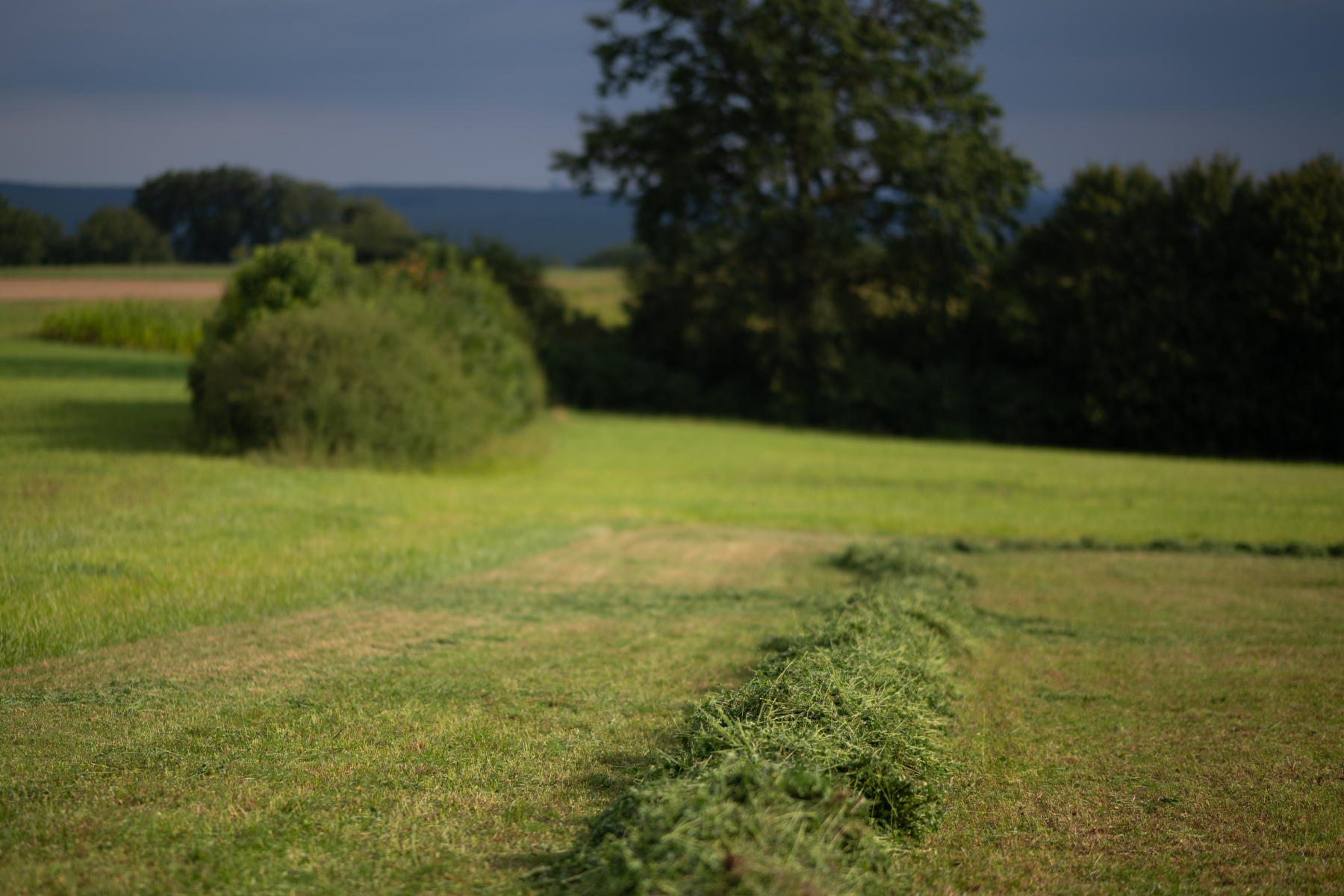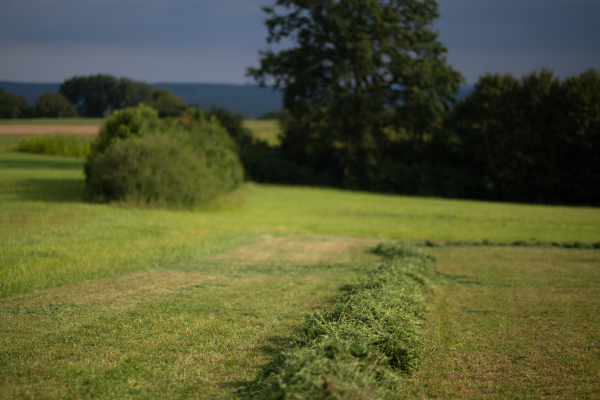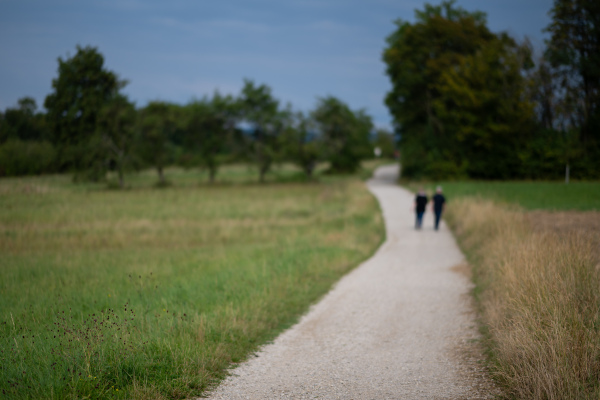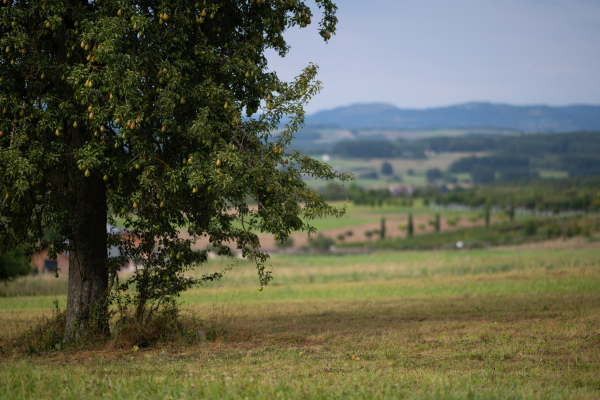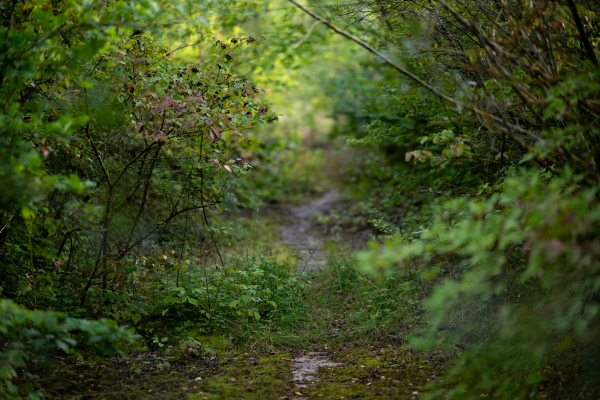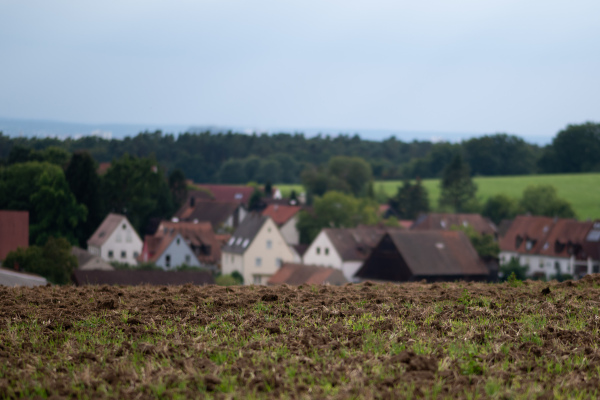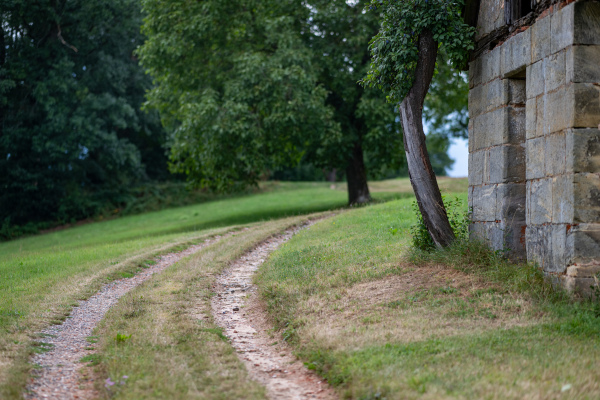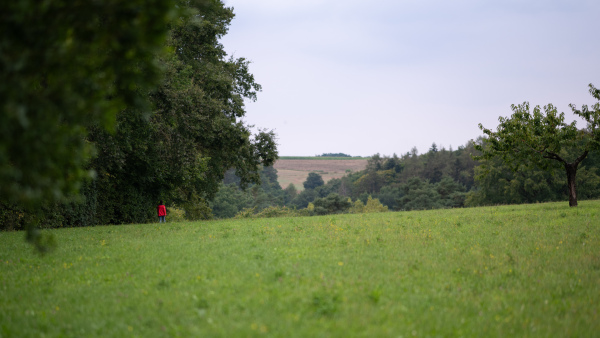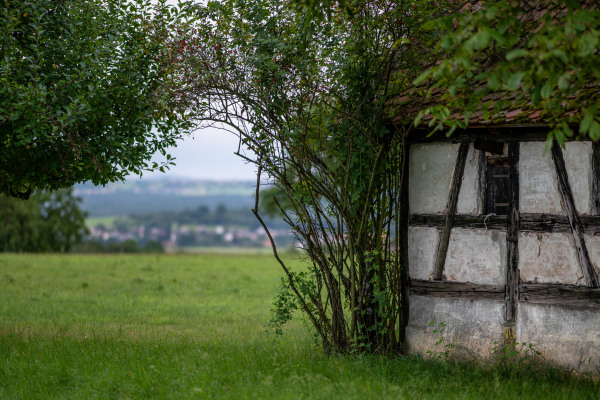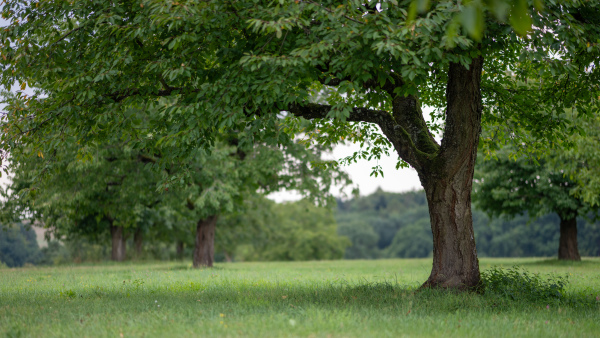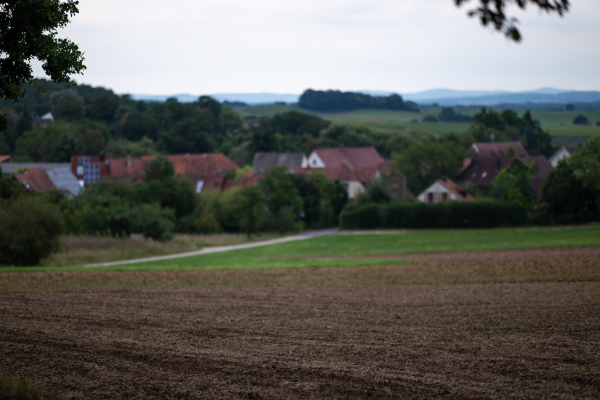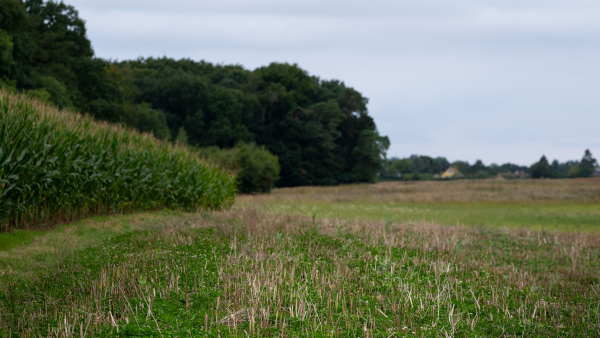Marloffstein
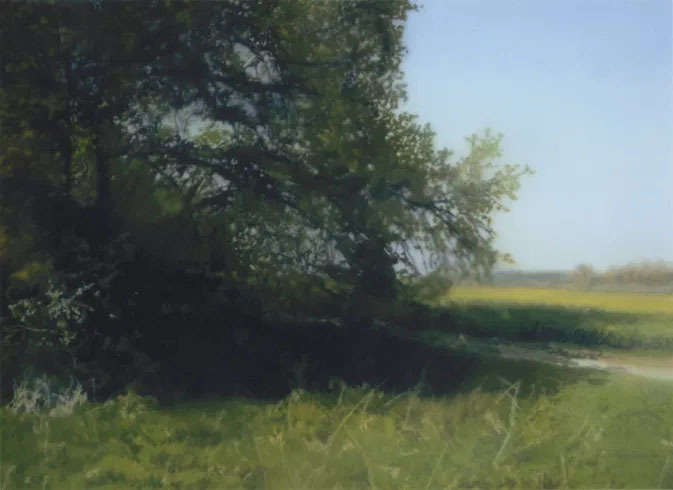
German artist Gerhard Richter is perhaps best known for his photo-paintings which are oil paintings based on photographs. Common to them is that they have been blurred in some way. ‘Blur’ is considered to be Richter’s trademark, and he and others have said many things about that. Here's the list of my favorite quotes:
"I blur things to make everything equally important and equally unimportant. I blur things so that they do not look artistic or craftsmanlike but technological, smooth and perfect. I blur things to make all the parts a closer fit. Perhaps I also blur out the excess of unimportant information."
Gerhard Richter, 1964, notes
“The blur serves as a perfect general metaphor for memory, its degradation, for the Ozymandian corrosion wrought by time.”
Gerhard Richter, 2011, Guardian article by Tom McCarthy
"The smudging makes the paintings a bit more complete. When they're not blurred, so many details seem wrong, and the whole thing is wrong too. Then smudging can help make the painting invincible, surreal, more enigmatic – that's how easy it is."
Gerhard Richter, 2000, interview with Astrid Kaspar
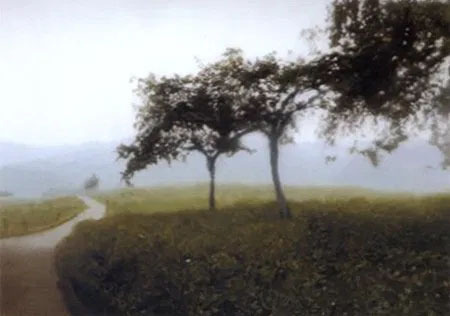
I visited a Richter exhibition in Nuremberg recently and saw a few examples of his photo-paintings. They left a strong impression on me, unusual, gloomy, with a strong emotional intensity, and I decided to give this a bit more tought.
Richter’s photo-paintings are made by projecting a photograph onto a canvas, tracing the image, and “blurring” the paint with a soft brush or squeegee. In other words, a photograph which is, presumably, initially in focus is copied into an oil painting and subsequently blurred.
So why not just take photographs that are out of focus? It’s not the same of course, as Richter's process creates an oil painting which always involves interpretation. Even so, most of the quotes above about Richter's 'blur' would still hold true for this type of photography.
The problem with taking blurred photos is that they tend to look like accidents where the lens was not properly focussed at the time of exposure. A trick would be to make the blur look intentional and focus on a small part of the image and let the lens do the blurring by using the shallowest depth of field possible. The cost would be a small(ish) region inside the image that is in focus but that may be a compromise worth taking and might even turn out to be an advantage. This is what I did when experimenting with the 105mm, f1.4 Nikon lens which is a great tool for this.
The photos are from around the German village Marloffstein. I experimented with focussing on objects of variable size in foreground or midground, always at the widest aperture.
